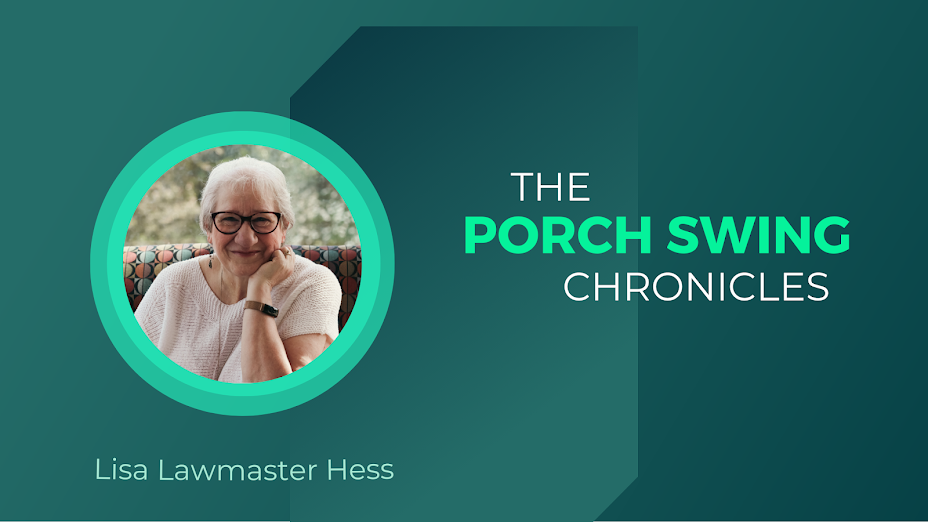 |
| Pixabay |
I was raised to believe I could do whatever I set my mind to. I listened to Helen Reddy's "I Am Woman" and watched The Mary Tyler Moore Show in the decade of the Equal Rights Amendment and Roe v. Wade. I majored in psychology because I wanted to have a job like Bob Newhart's, running a small group with a bunch of quirky characters, and it never occurred to me that my gender could be a barrier to achieving that goal.
When it came to female roles, I was always more Rhoda than Mary, though I lacked Rhoda's artistic talents. But it's only as I look back at The Mary Tyler Moore Show, through a different lens, that I realize how important all of the female characters were when it came to defining the nuances of the female role; together with Mary and Rhoda, outspoken feminist Phyllis, sexually liberated Sue Ann and the seemingly ditsy, but loyal and loving Georgette each presented femininity -- and feminism -- from a different perspective. Together (along with the male characters), they made an ensemble worth watching, but separately, each was a distinct, believable character.
As authors, we are challenged to do the same thing -- to create a cast of characters that is interesting both as individuals and parts of the whole. Supporters and sparring partners, kindred spirits and diametric opposites, naive and jaded, each plays a role. And, for this child of the seventies, every female character is who she is by choice, not by default.
Creating characters means creating people who are who they are for a reason. If that reason begins as merely a way of advancing the plot, then, somewhere along the way, the character needs to own that choice. It could be hard fought or a result of upbringing, but, either way, it should drive the character to continue on that path or forge a new one.
For authors like me who love creating characters, this is part of the fun. What makes each member of the Bible study in Casting the First Stone just a little different from her counterparts? Why do Angel and Marita handle parenthood in different ways? How can motherhood matter just as intensely to each of them despite their obvious differences?
And therein lies the story. Whether it's written to be watched or to be read, every story is influenced by those who create it and the culture in which it is rooted.
And sometimes, that influence goes even deeper than we realize, impacting the writer and the reader, inextricably bound by the connection created by a story.



No comments:
Post a Comment